On a majority of roller coasters that operate today, there is a series of queue gates that line up riders into specific rows before allowing guests to board a coaster train. Often, these gates aren’t given a second thought by guests. However, did you know that the queue gates on Fury 325 were custom-manufactured by Carowinds’ ride maintenance team?
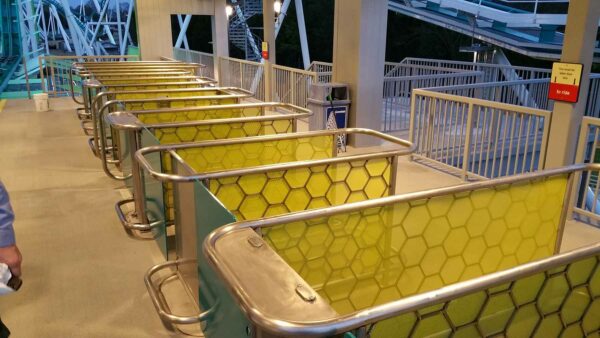
Most queue gate systems work with a single cylinder that is pressurized with air to move a mechanism that connects to each of the gates allowing them to open and close together, and are built into the station. That’s where Fury 325’s gates differ.
“What makes our gates unique to most other queue gate systems is that you can literally unbolt them from the Fury station, and take them to another roller coaster and bolt them in and have functioning queue gates again,” said Carowinds Manager of Ride Maintenance Shawn Hopkins.
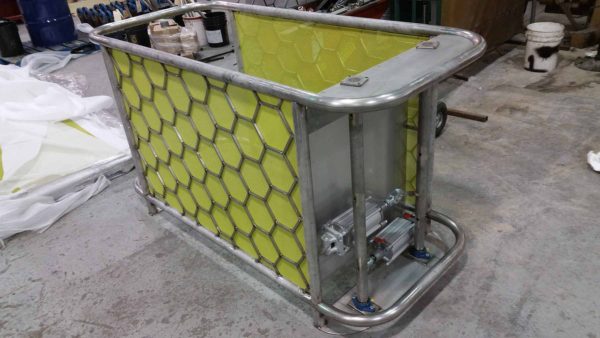
The design of the Fury 325 gates was a six-month process from initial idea to installation, and was designed in a way to complement the roller coaster’s honeycomb motif, present throughout the queue, station, and even the roller coaster itself.
“We were commissioned to come up with an idea for the queue gates, and then fabricated a prototype that corporate Design & Engineering team could look at and approve.” Hopkins said. “We sourced materials, built the gates, and then bolted them down in the station. Once they were installed, we spent a week in the station to make sure they were functioning properly, and adjusting the pneumatic functions of each gate.”
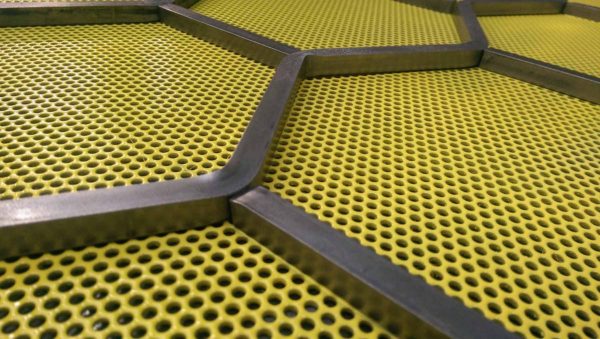
While the actual gates themselves are aluminum, the rest of the structure is composed of stainless steel, including a perforated layer that is powder coated with a neon yellow color, matching the underside of Fury 325’s track.
“We did the original honeycomb design, and then added the yellow perforated layer behind it,” Hopkins said with a laugh. “The gates went through several designs with safety in mind.”
Each gate has its own individual air-powered pneumatic system. An air line runs under the floor, which can be signaled by the operator to open and close. When the gates open and close, a small amount of air pressure is used so that guests have ample walking room when boarding Fury 325. When the gates are locked, the air pressure is turned to high so that the gates don’t move, and the safety of the ride is maintained.
https://twitter.com/Carowinds/status/1242886098503811073
While there might be some complex engineering involved with the gates, they were originally conceptualized in Google Sketchup.
“Sketchup has a lot of power, and I didn’t need a full CAD design, rather just a solid concept.” Hopkins said. “We took examples from good engineering that was seen elsewhere. Our team is good at knowing what will work and won’t work when it comes to design.”
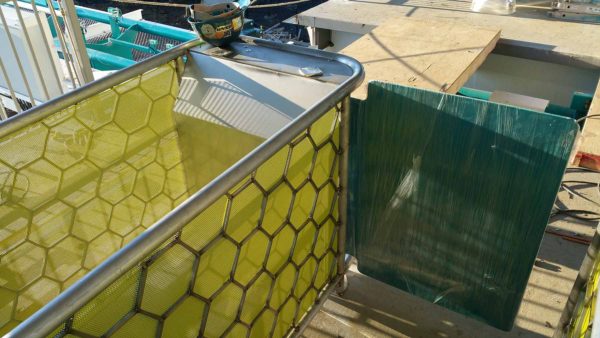
In the end, the Carowinds team created a gate that was not only very maintenance-friendly, but also stands out to others in the industry.
“Park guests may not notice the gates unless someone mentions them, but they definitely stand out to our counterparts at other parks,” Hopkins said. “When we opened Fury 325, we were obviously really proud of the gates, and I joked that they never experienced any downtime.”
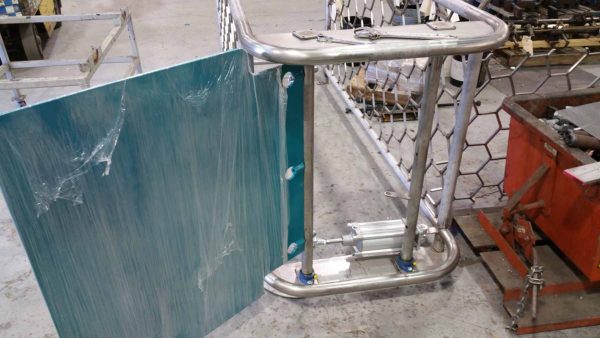
The lack of downtime can be attributed to the 35-person strong Carowinds Ride Maintenance team, who are proactive rather than reactive when it comes to maintaining all of Carowinds rides and attractions.
“The longevity and uptime for the gates can be attributed to the fact that if something needs maintenance, we jump on it,” Hopkins said. “Components will wear out from time to time and its about being proactive rather than reactive.
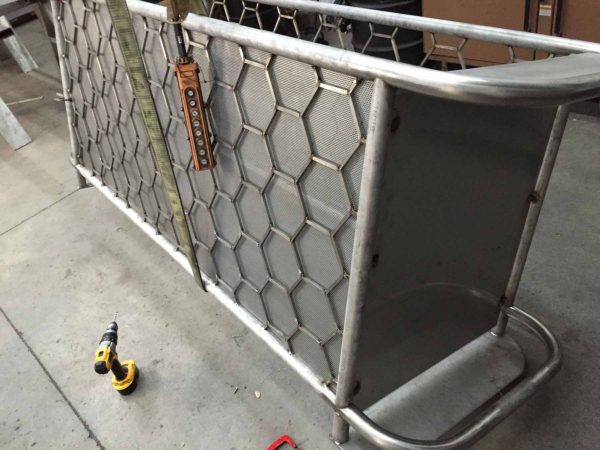
“Most people wouldn’t understand how much labor and love goes into our projects every year,” Hopkins concluded.

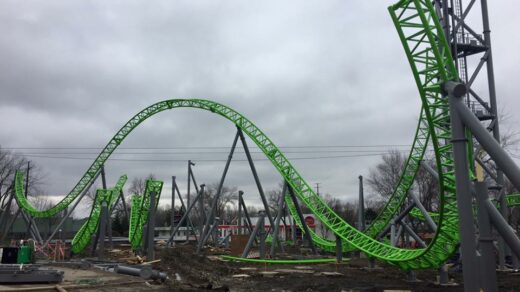





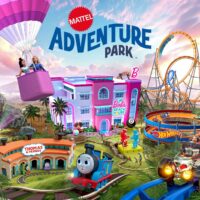






Recent Discussion